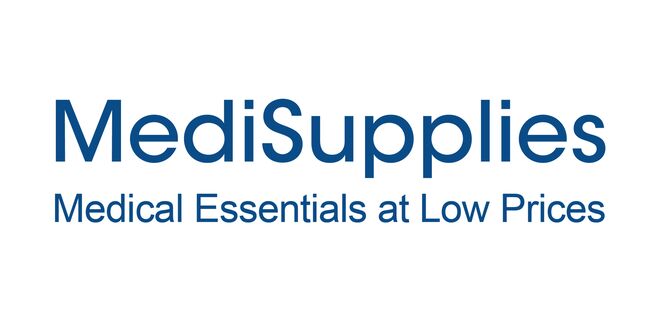Competition in the fuel retail market has been deemed a failure by regulators, as drivers continue to pay high prices at the pump. In its latest update on the fuel industry, the Competition and Markets Authority (CMA) revealed that the increase in retail fuel margins since 2019 has resulted in over £1.6bn in additional costs for motorists in 2023 alone.
Last year, the watchdog found that drivers were overcharged by £900m at supermarket fuel stations alone. The CMA also announced that it will provide separate updates in the autumn on its investigations into the cost of baby infant formula and supermarket loyalty schemes.
Contrary to popular belief, the CMA stated that there is little evidence to suggest that supermarket loyalty prices are misleading consumers, as consumer groups have claimed. However, the efforts to improve competition in the fuel market have not yet had a significant impact.
The CMA expressed its support for the government’s plan to implement a compulsory fuel price monitoring system, known as Pumpwatch, to help consumers make informed decisions at the pump. However, the temporary price data-sharing scheme currently in place only covers 40% of service stations and is not comprehensive enough to be used by map apps or sat-navs to provide accurate, real-time information to consumers.
The CMA’s third monitoring report follows longstanding accusations by motoring groups of fuel profiteering. While supermarkets used to use petrol and diesel as a way to attract customers, they have shifted their focus to investing in household essentials since the COVID pandemic as the cost of living crisis continues to escalate.
Independent fuel retailers have denied claims that prices are too high, stating that critics fail to consider their additional costs such as wages and electricity. According to RAC Fuel Watch data, the average cost of unleaded fuel is 145.69p per litre and diesel is just under 151p. However, the RAC’s website indicates that prices should be decreasing.
Brent crude oil prices have decreased over the past three weeks, from $87 a barrel to $82, and the oil-priced dollar has weakened against the pound, which should also contribute to lower costs. The focus of regulatory attention has been on the prices that fuel retailers pay suppliers and whether these lower costs are being passed on to consumers.
Sarah Cardell, the CMA’s chief executive, stated, “Last year, we found that competition in the road fuel market was failing consumers, and published proposals that would revitalize competition among fuel retailers. One year on, and drivers are still paying too much. We want to work with the government to put in place our recommendation of a real-time fuel finder scheme to kick-start competition among retailers. This will put the power in the hands of drivers, who can compare fuel prices wherever they are, sparking greater competition.”
RAC’s head of policy, Simon Williams, commented, “The report is, once again, confirmation of what we have known and campaigned against for many years. Our analysis has long shown that, even when accounting for retailers’ increased operating costs, margins on fuel are at extremely questionable levels.”






